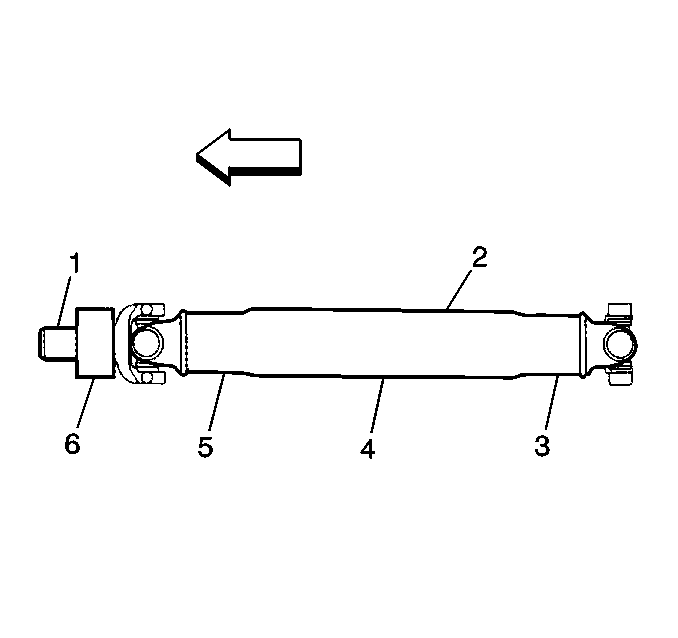Diagnosis will be much easier once you have identified
a vibration as first-order of driveline rotation during the road test. Next
identify the exact area of the vibration and take proper action.
In most cases, vibration may be reproduced in the stall. In the stall
the vibration may be better or worse than that experienced during the road
test.
The objective is to reduce the vibration to the lowest point possible
in the stall, then evaluate the results during a road test. Many times, a
vibration you were only able to reduce drastically in the stall will be
completely eliminated on the road.
The cause of first-order driveline vibration is usually excessive runout
or an imbalanced component.
The following procedure offers a systematic process of elimination in
order to determine which component is at fault:
Do not fill the propeller shaft with foam, oil, or any other substance
in order to correct a vibration. Filling the propeller shaft is only effective
in reducing an unrelated condition called Torsional Rattle. Filling the
propeller shaft should only be done in strict adherence to the procedure
outlined in corporate bulletins that address Torsional Rattle. Failure
to follow the correct procedure will induce a vibration and/or affect
the structural integrity of the propeller shaft. The propeller shaft
will then have to be replaced.
A propeller shaft or pinion (companion) flange with excessive runout
causes first-order driveline vibrations. Use the following procedure in order
to measure the runout of the propeller shaft:
The splined end of a propeller shaft is critical to the smooth operation
of a two-piece propeller shaft. When inspecting stub-shaft runout, ensure
that the dial indicator readings are accurate.

